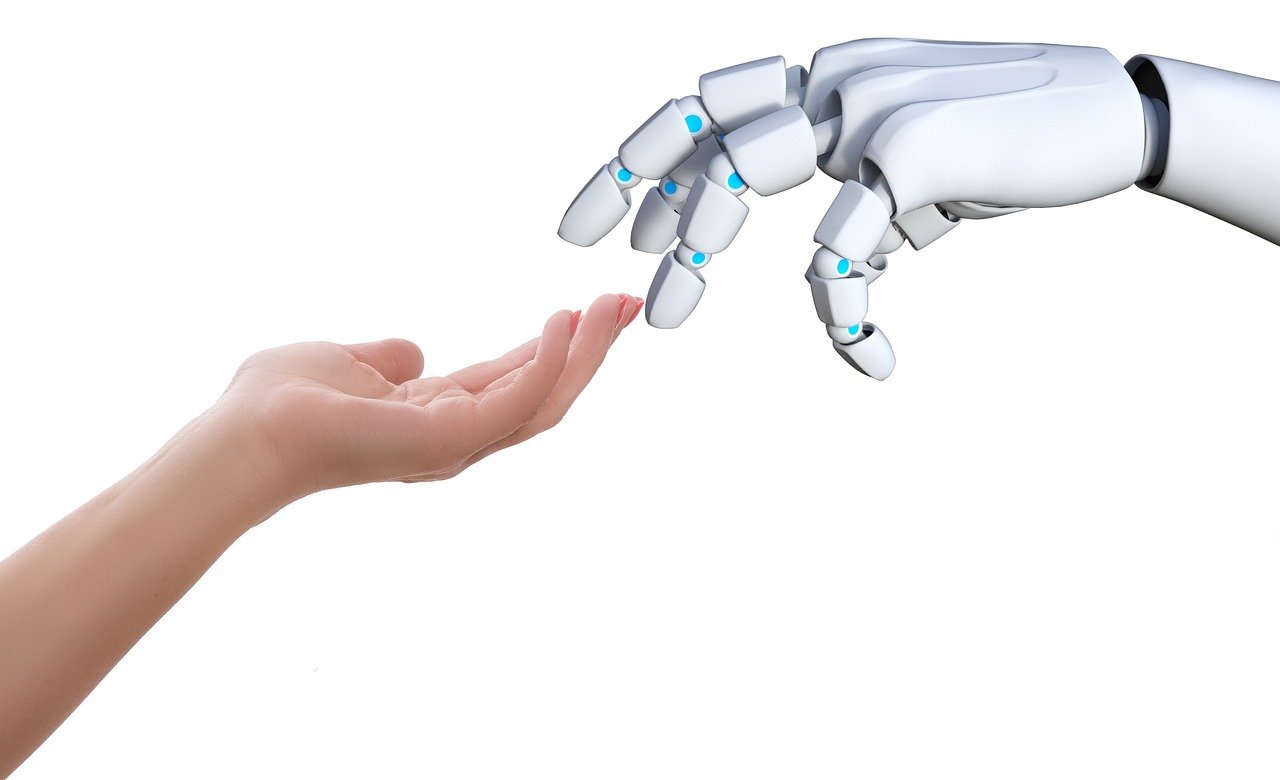Understanding Job Displacement in the Age of AI
Job displacement has always been a part of economic evolution, but AI has brought the conversation to a fever pitch. The term describes workers losing jobs due to shifts in how businesses operate—think of the leap from horse-drawn carriages to automobiles. Now, with AI, the pace has quickened and the scale has expanded. The World Economic Forum recently estimated that by 2025, 85 million jobs might shift between humans and machines. This number sounds dramatic, but it often gets twisted out of context, fueling fear and misunderstanding. It’s important to realize that job displacement doesn’t mean workers simply disappear from the economy; instead, their roles evolve, or they move to different sectors. The public’s anxiety is real, and it’s fueled by headlines and viral stories, but the facts show a far more complex and fascinating transformation unfolding.
The Myth of Total Job Loss
One of the most persistent myths is that AI and automation will wipe out jobs everywhere, leaving millions without work. This narrative is gripping, but it doesn’t match up with the data. Yes, automation can make some roles obsolete, especially repetitive or dangerous ones. However, the World Economic Forum also predicts that 97 million new jobs will be created by 2025—surpassing the number expected to be displaced. These new positions often appear in areas like AI development, data analysis, and digital marketing, which barely existed a decade ago. The job market is not a static pie; it’s a living, breathing ecosystem that adapts and grows. Fears of a total collapse overlook the incredible resilience and adaptability of both economies and workers.
How AI is Transforming, Not Just Replacing Jobs
AI is not a simple job-stealing villain; it acts more like a powerful tool that changes the very nature of work. Many jobs are not being eliminated but transformed. For example, customer service roles are increasingly supported by chatbots, yet human agents are still needed for empathy and complex issues. McKinsey’s research shows that up to 60% of jobs could see at least a third of their activities automated. This means that most workers will spend less time on repetitive tasks and more on creative, interpersonal, or strategic responsibilities. The result is a workplace where humans and machines each do what they do best. The ability to adapt and learn new skills will become a worker’s most valuable asset.
The Skills Gap: Can We Keep Up?
One of the biggest hurdles facing workers in the AI era is the ever-widening skills gap. As technology evolves, so do the qualifications needed to thrive. The Brookings Institution reports that nearly 36 million Americans could need to switch occupations in the coming years due to automation. This isn’t just a tech industry problem; it affects retail, transportation, healthcare, and more. The pressure is on for both companies and schools to offer practical training and reskilling programs. Those who can learn, unlearn, and relearn will be best positioned to navigate the shifting landscape. The need for digital literacy and adaptability has never been greater, and communities that invest in education now are investing in a resilient future.
AI as a Job Creator: New Roles and Industries
AI isn’t just about replacing jobs—it’s also a powerful engine for creating entirely new ones. The explosion of roles like data scientists, AI ethicists, and machine learning engineers is proof of this trend. According to LinkedIn’s 2023 Workforce Report, jobs related to AI and machine learning have surged by 74% in postings over the past year. These are roles that didn’t even exist in the mainstream a decade ago. Beyond tech, new industries are springing up around robotics, smart manufacturing, and AI-powered healthcare. The lesson is clear: just as the internet spawned jobs no one could imagine in the 1980s, so too will AI reshape the workforce in ways we’re only beginning to see.
Economic Impact: More Than Just Jobs
AI’s influence stretches far beyond individual workers—it’s reshaping global economies. PwC estimates that AI could add a staggering $15.7 trillion to the world economy by 2030. This boost comes from higher productivity, smarter business processes, and the rise of entirely new markets. But with this massive growth comes the risk of widening income gaps, as those with the right skills and access to technology stand to benefit most. Policymakers and business leaders must ensure that the economic gains from AI are shared broadly, not concentrated in a tech elite. The stakes are high, and the choices we make now will echo for decades.
Policy and Regulation: Guiding the Transition

AI’s rapid advance demands a thoughtful response from governments and regulators. Without smart policy, job displacement could lead to widespread instability and inequality. Forward-thinking countries are already experimenting with solutions, from universal basic income pilots in Finland to large-scale retraining programs in Singapore. The right mix of safety nets, education funding, and labor market reforms can help smooth the transition. Laws must also address ethical concerns around AI, protecting workers’ rights and privacy. Balancing innovation with responsibility is one of the defining challenges of our era.
Humans and AI: Partners, Not Rivals

The future of work is not a zero-sum game between humans and machines. The most successful organizations will be those that harness the unique strengths of both. AI excels at crunching data and handling repetitive tasks, freeing humans for creativity, empathy, and critical thinking. In healthcare, for example, AI can analyze medical images at lightning speed, but doctors are still essential for diagnosis and patient care. This partnership model enhances productivity and job satisfaction. Rather than fearing AI, forward-thinking workers can embrace it as a tool to multiply their impact.
Real-World Examples: Adaptation in Action
Some companies have become case studies in how to adapt to AI while protecting their workforce. Amazon, for example, has invested over $700 million in retraining programs to help workers move into tech-focused roles. AT&T has pursued a similar strategy, offering employees extensive upskilling opportunities to stay ahead of automation. These stories show that with the right investments, companies can minimize layoffs and empower employees. It’s a blueprint other businesses can follow as AI becomes more entrenched in daily operations.
Looking Ahead: The Evolving World of Work
The workplace of the future will look very different from today, shaped by the relentless advance of AI. Job displacement is a real and pressing concern, but it is only one part of a much larger picture. The most resilient workers will be those who can learn new skills and adapt to changing conditions. The most successful companies and countries will be those that invest in people as much as technology. The rise of AI is not the end of work—it’s the beginning of a new era filled with challenges, opportunities, and possibilities that we’re only just starting to imagine.

